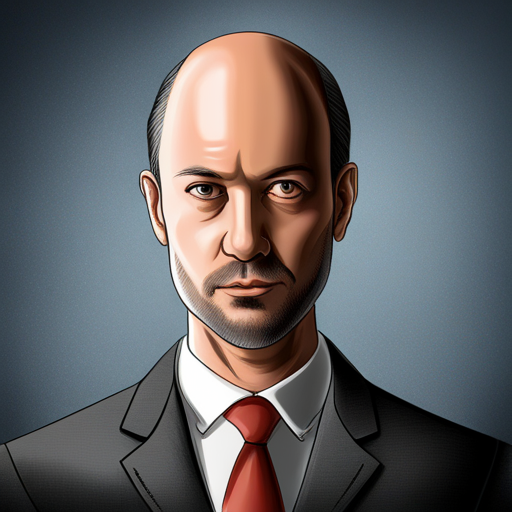Hair transplantation is a surgical technique that moves hair follicles from a dense area of the scalp (known as the donor site) to an atrophic or bald part of the head (the recipient site). The process replaces lost follicles and restores fullness in men who are experiencing male pattern baldness.부산모발이식
The procedure is relatively safe and minimally invasive, involving only local anaesthesia. Generally, patients recover from the surgery within just a few days. The transplanted follicles will take root and start to grow normally. However, it may take several sessions before the results are satisfactory and natural-looking. It is important to remember that a hair transplant is not a cure for hair loss and the new grafts will not prevent further thinning or balding. The best alternative to a hair transplant is to use over-the-counter minoxidil lotion or accept your hair loss and find a more suitable solution, such as accepting your hair loss and using other techniques like hair replacement or wearing a wig.
In the most common type of men’s hair transplant, surgeons remove a strip of skin from the back or side of the scalp, which they call the donor site. This is usually the area with thicker, more dense hair than the balding part of the scalp. The surgeon then divides the strip into 500 to 2,000 tiny follicular unit grafts, each containing one or more hairs. These follicles are then transplanted into the bald or thinning areas of the scalp.
For a more precise and minimally invasive treatment, surgeons can use the latest Follicular Unit Extraction (FUE) hair transplantation method. This method involves the precise removal of single hair follicles from the donor site. The follicles are then implanted into small holes or slits in the recipient area of the scalp. This is the most preferred hair transplant technique for men because it offers an exceptional and natural-looking result with minimal scarring.부산탈모
After the follicles are transplanted, your doctor will cleanse and wrap the area. You may need to wear a pressure bandage for a day or two, although some doctors allow their patients to recover from the surgery bandage-free. The doctor may also recommend that you do not wash your hair for a few days. Afterwards, you can wash your hair with mild shampoos to avoid damaging the new grafts.
In some cases, a doctor will suggest using body or beard hair to supplement the transplanted scalp hair. This is more difficult than using scalp hair, but can be an excellent solution if you do not have sufficient thick hair on your back or sides of the scalp.
During the procedure, the surgeon will create small holes or slits in the donor site with a scalpel or needle. Depending on the type of hair transplant, the surgeon will then insert the follicular units into the holes or slits. The surgeon will close the holes or slits with sutures. These will either be removed in 10 days or, for punch grafts, they will dissolve and be concealed by the surrounding hair.

